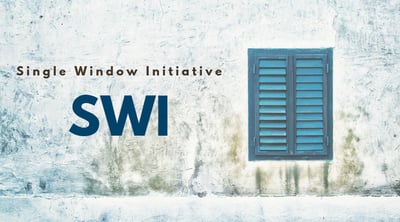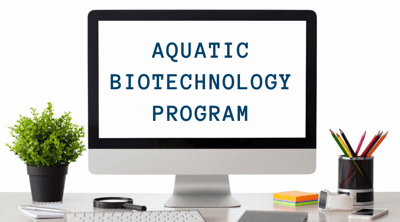Single Window Initiative (SWI) - Survival Guide for Fisheries and Oceans Canada (DFO-MPO) Aquatic Biotechnology Program
The new SWI landscape
The Single Window Initiative means several changes for importers:
- how you need to submit documentation is in flux;
- when that documentation is needed has changed; and
- which documentation is required is also shifting.
 Our goal is to help you understand what is expected for the new “how, when, and what” of SWI requirements relating to the items you ship. These updates guide importers through specific commodities or categories of commodities, and the Participating Government Agencies (PGAs) that are affected.
Our goal is to help you understand what is expected for the new “how, when, and what” of SWI requirements relating to the items you ship. These updates guide importers through specific commodities or categories of commodities, and the Participating Government Agencies (PGAs) that are affected.
How, when, and what
- Single Window Initiative requires all import documentation to be prepared and submitted before the shipment reaches customs.
- SWI is a new way of submitting documentation. All docs will be submitted using the Integrated Import Declaration (IID). Some of the requirements for how you submit are changing. For example: some documents that needed to be faxed now require an uploaded electronic image or just the document number.
- There may be changes to which documents are required under SWI.
- The launch date of SWI is still unknown, but it’s time to get proactive and adjust your workflow to ensure paperwork is ready before you ship.
Why importers need to know
Under the new SWI, it’s important that you understand which Participating Government Agencies (PGAs) are regulating your products. Some products are regulated by multiple PGAs, and the PGAs regulating your products may have changed under SWI. Additionally, each PGA and the CBSA can issue penalties for incorrect and missing documents. Understanding what information and documentation is needed for clearance will make the clearance process into Canada smoother and more efficient.
Fisheries and Oceans Canada (DFO-MPO) - Aquatic Biotechnology Program
Under Fisheries and Oceans Canada’s (DFO-MPO) Aquatic Biotechnology Program, these are the required data elements under SWI:
Documents required: if the importer has a New Substance Notification (NSN) from Environment and Climate Change Canada (ECCC), it must be provided for Aquatic Biotechnology.
Genetic modification indicator (mandatory for all shipments): genetic modification must be indicated as “yes” or “no”
For genetically modified shipments, the following must be stated:
Genetic modification description: description of the biotechnology application or genetic modification
Trademark name: the trademarked name of the product given to it by the company that has developed the genetically engineered/modified food
Common name: the non-scientific name by which the species are referred
Genus/species name: Latin scientific name must be provided
Life stage: propagate, embryo, juvenile, or adult
Sex: male, female, other, sterile, or hermaphrodite
Intended use: food, aquaculture, research and development, production of specialty chemical, environmental application, ornamental, educational, or other
Purpose of genetic modification: appropriate product categorization must be provided:
- Growth enhancement
- Disease resistance
- Shelf life extension
- Chemical/drug production
- Appearance
- Nutritional composition
- Laboratory animal model
- Stress resistance
- Altered metabolic processes
- Altered dietary requirement
- Altered reproductive capacity
- Other
Taxonomical Serial Number (TSN): allows for a clearer identification of the product
Country of source: the country in which the goods have been grown, harvested, manufactured, processed, produced or slaughtered (if different than the country of origin)
Country of origin: the country in which the goods have been grown, harvested, manufactured, processed, produced or slaughtered
Manufacturer: name and address details of the supplier of the finished goods or if the party was involved in the final productions
Harvesting party: name and address of the party that grew or harvested the commodity (if different than the manufacturer)
For SWI, being proactive is your best strategy—gather all your information and documentation as far in advance as possible. Importers who know the requirements for the products they’re importing, and understand the new processes under SWI, will have a much smoother import experience.
As you adjust to the new requirements and workflow of the Single Window Initiative, we're here to help. Our customs team is ready to help you understand the SWI and its new requirements for your commodities—contact us today!
SWI. It's what we do.

Latest Articles
- Watch out for these extra charges on your freight bill
- Key differences between duty drawbacks and duty refunds for importers
- Mitigating container shortages and rising shipping prices for ocean imports
- How Canadian importers benefit from end use tariff codes and conditional relief
- The benefits of operating as a Non-Resident Importer in Canada
